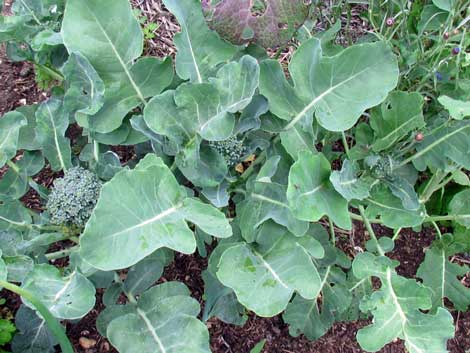Gardening on the coast offers challenges
Help! I live on a sand dune!
Take a deep breath – improving soil in sand is much easier than clay soils. Sand is your friend. You just have to add a LOT of organic matter to make a difference. It does not have to be the pricey, premium bagged amendments. When starting with total sand ANY top applied mulch or well rotted compost will help retain water and get the essential soil microbes going. You will need to continue building your soil with bi-annual applications of organic matter. Your garden begins with the soil. See composting page for more about the benefits of building soil.
The effects of salt and wind
It should come as no surprise that salt and wind affects many plants in a garden and plants should be carefully selected for tolerance. Some trees cannot take a constant prevailing wind and will quickly show the stress with bare limbs and salt burned leaves. For example, Japanese maples do NOT do well under these conditions, yet I have seen the pretty nursery grown trees get planted in windy front yards where they invariably fail. Save your money and get good advice for the actual conditions of your garden not the glossy magazine fantasy.
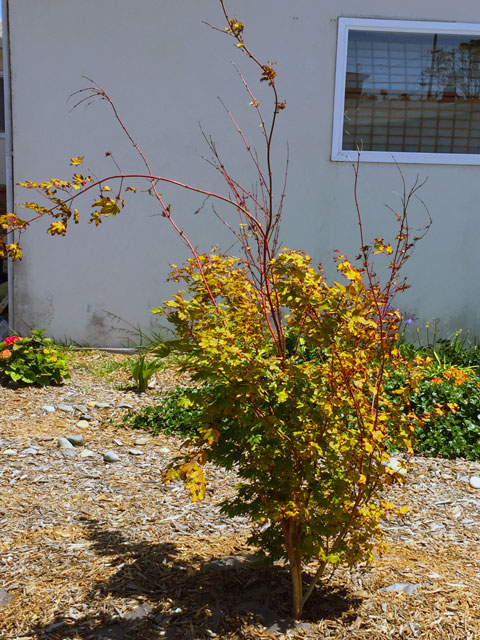
A daily prevailing wind also causes evaporation of soil moisture—especially noticeable with sandy soils that have little holding capacity for water to begin with (lacks organic matter). So I will repeat it again (unless you love droopy plants and wasting water), get in the habit of adding top mulch around the plantings in the garden!
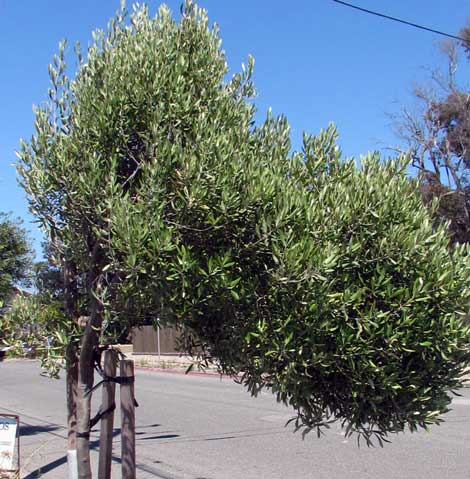
What grows on the coast?
California Natives
As a dedicated DIY’er, be a detective and read up on plants that thrive in coastal conditions. Our California Natives that have evolved here are the best suited and there are many choices available to love. Specialty nurseries offer some very hardy perennials that will complement formal to informal garden styles. The Fort Ord Recreation area habitat is identified as Coastal Sage Scrub community. If you have a differing plant community—say Monterey Pine Forest—pick native plants from those communities. There is often overlap between communities and that expands the choices. A few well chosen species can define the identity of your garden, save water and grow beautifully. You can’t go wrong with plants that are adapted to grow here! Added bonus: many local native plants do not need lots of soil amendments to grow well (although I still would suggest a good top dressing of mulch).
All time favorite website for information on California Native Plants
Las Pilitas Nursery: Plant communities by Zip Code
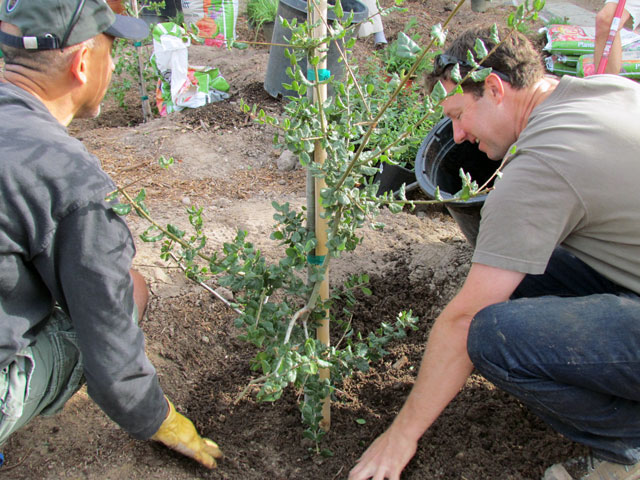
Mediterranean Climate Zone
Here on the Central Coast, we also share coastal climate similarities with areas of western Australia, New Zealand, the Mediterranean, South Africa and Patagonia in South America. Because of this similarity, the palette of coastal hardy plants can be expanded to suit many tastes and styles of gardens. The Sunset Western Garden Book has many defined categories in the front that describe differing site tolerations, and, information on specific plant needs and origins. It is a very helpful resource for refining a plant choice.
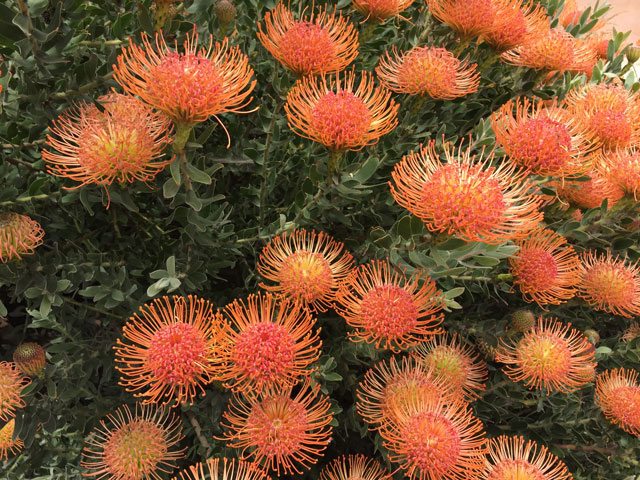
A walk around the neighborhood can be very informative, especially if you have neighbors that are gardening inclined. Take notes about the location, site, and types of plants that are growing well that you would like to plant in your own garden. If the gardener is present, ask them for the name and variety of the plant you are interested in. Hey, you might even ask for a cutting if so inclined. Gardeners love to share information. Our area actually has a great climate for many desirable plants; it’s just helpful to do a little homework before heading off to the nursery.
Ask a Garden Coach!
If this seems like a daunting amount of research to create a garden—it is! So why not fast track useful local knowledge regarding these conditions. Any garden will have it’s successes and failures, but good practical solutions can get tip that ratio to more successes sooner.
